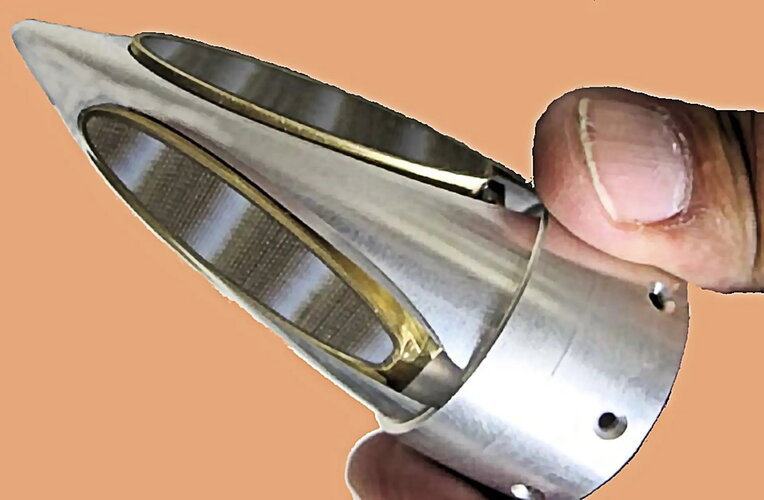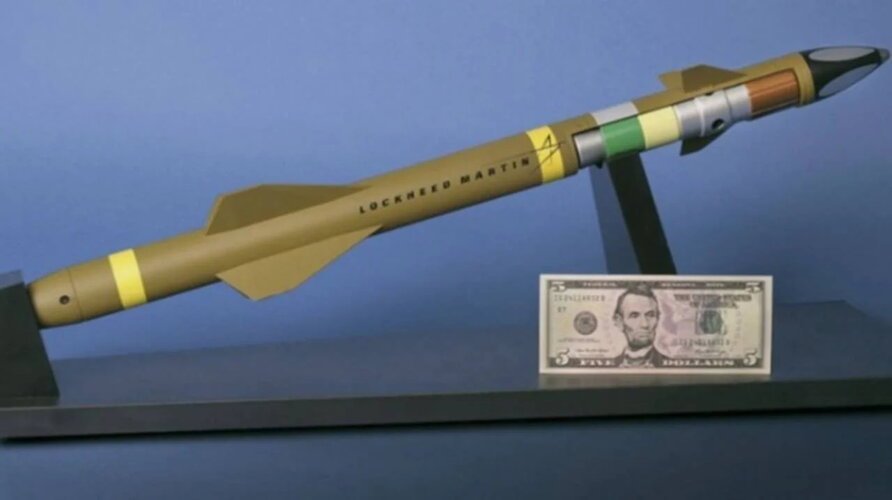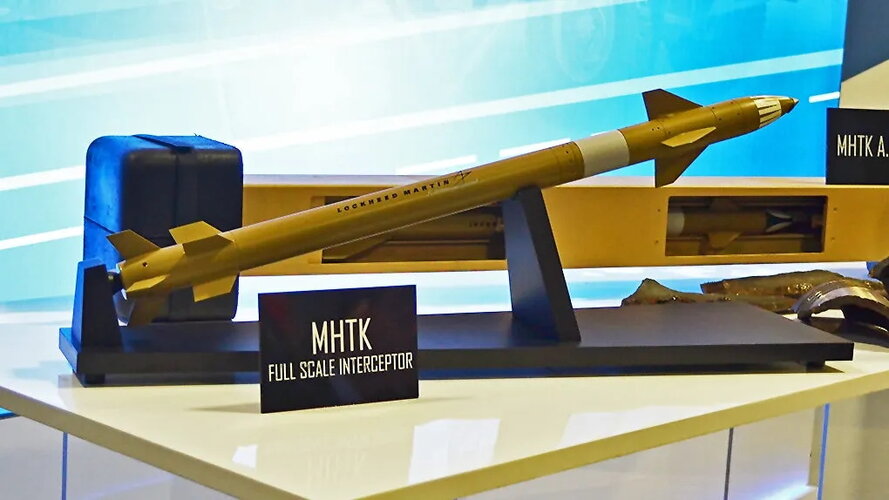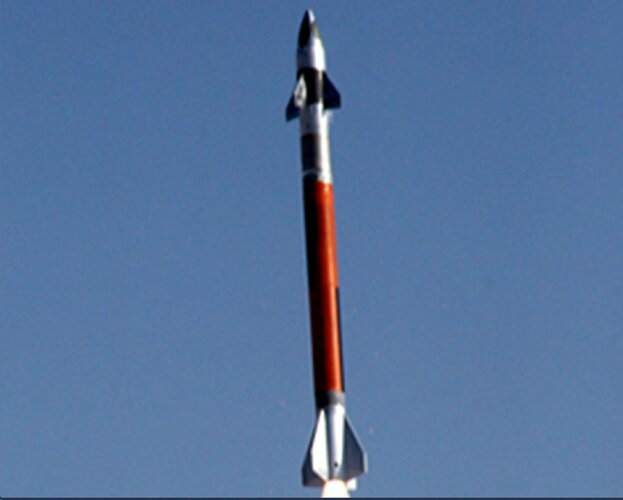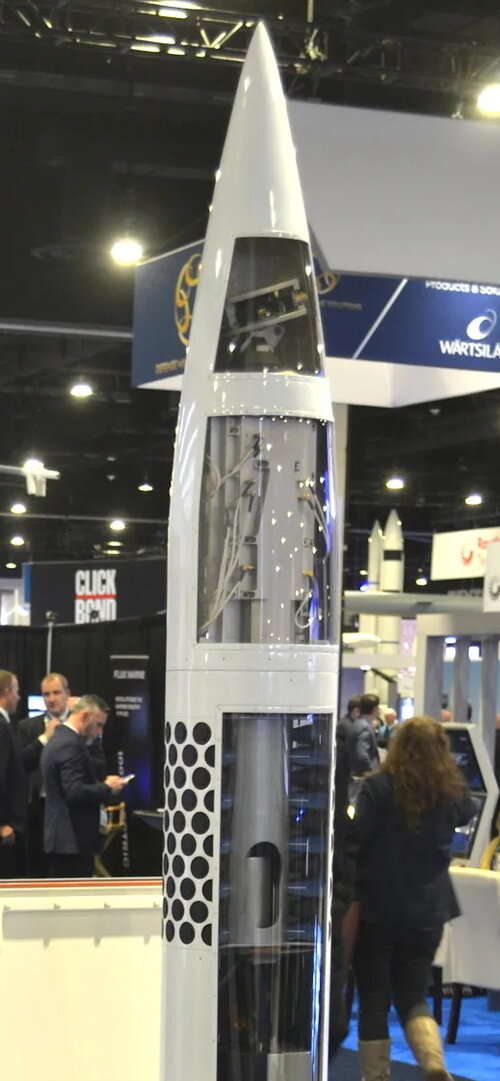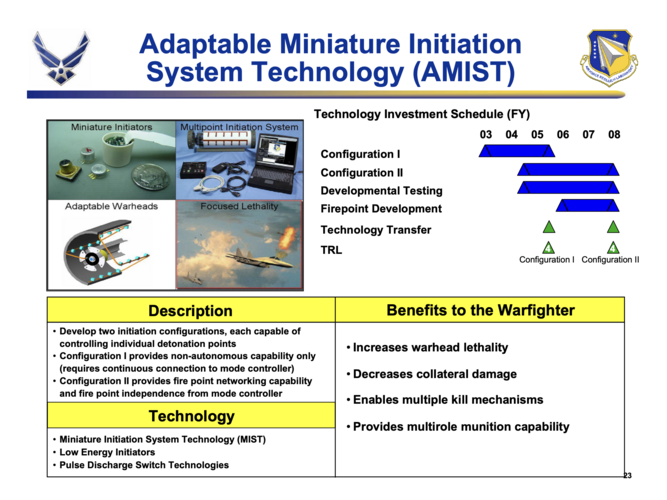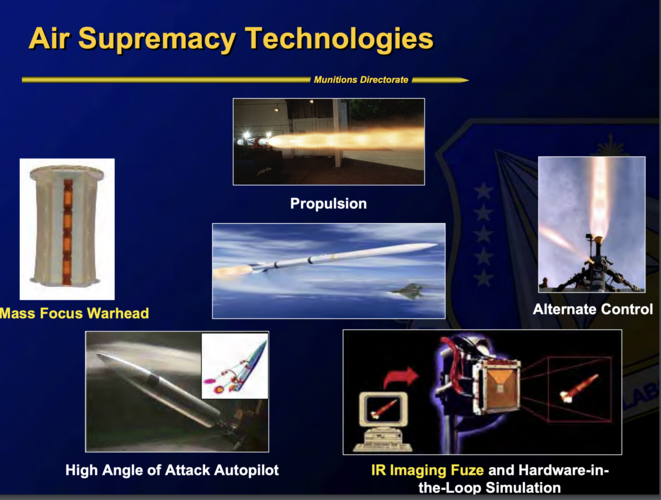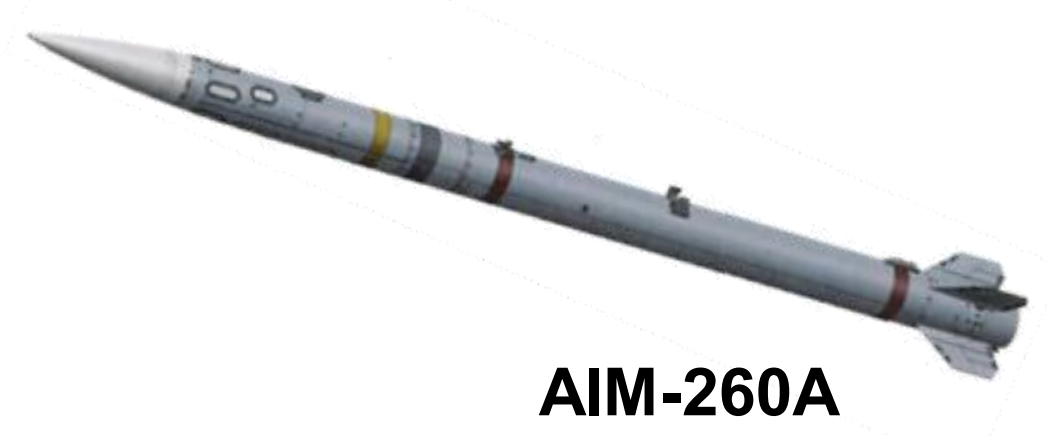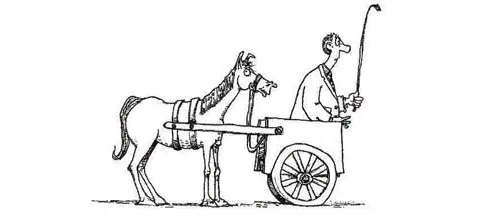There are things we can speculate from what we think we know based on information shared by the program, graphics shared by the Navy, and Air Force, and visual observation made by a fellow member here. We can then bump those against some of the things we can research about the AF or Navy's research, development, science and technology investments in the counter air, or next gen munition space to see if this makes sense. Another element to look at would be what elements exist or stand out in some of the other advanced missiles fielded or proposed for the AF and other customers. Based on those, we can try to understand with some low to moderate accuracy what characteristics/attributes JATM might have.
For example,
@Shusui highlighted some elements of the design of the missile based on visual inspection and tied them back to what the AF had shared back in 2022 and highlighted some similarities to previous AMRAAM proposals. Similarly, we can note that next gen missiles fielded or proposed by OEM's involved in JATM have had a motor to overall length approaching or even exceeding 50% vs a significantly lower number (about 30%) for the AMRAAM.
Frankly, I would say that deducing motor length from the photo that doesn’t show the internal parts is dubious at best, and arguably much less accurate compared to just saying that missile doesn’t have an IIR seeker based on the photos.
Now when we look at seeker and guidance...there is obviously nothing you can make out from the graphics released by the AF/Navy. Other than there is no clear/apparent IR window. All that rules out is that a likely absence of an IR mode of terminal seeker.
And that is what I said so I’m not quite sure why you protest?.
What it does not rule out is other advanced concepts of overcoming ECM to include other dual-mode/band possibilities. We simply don't know anything, but we do have some research that the USAF has done (easy to look up if one spends some time researching) looking into this area and try to answer how the AF/Navy think next gen counter air weapons need to :
Common sense would dictate that having some sort of capability covering i-iii would be a pretty core element of the JATM effort (things the next gen weapon and weapon concept simply have to address). So all we can do is some research to see what the path the USAF could have chosen based on what its funded (at the unclassified level) and then compare that with what we learn about JATM over time.
I find that to be a more productive approach then to simply characterizing an unknown (to us) design approach and attributes as inadequate and advocating for another design element even before having even rudementary understanding of the solution actually adopted on the weapon.
View attachment 760680
I never claimed that the AIM-260 lacks countermeasures against ECM or low RCS targets, such as advanced signal processing, a dual-frequency seeker, or other technologies.
However, unlike IIR seeker, which is a certain way to overcome ECM. A dual band radio frequency seeker still have chance of being affected by jamming. It all depend on the technology level of both side.
Or let me make a more obvious example: do we know if AIM-260 seeker can overcome jamming done by something like NGJ or Britecloud?. We don’t. Maybe it can, maybe it can’t, maybe it depend on RCS value and distance, maybe it depend on version, maybe it depend on number of jammer, maybe it depend on altitude…etc.
But if the question is: “can AIM-9X IIR seeker overcome jamming done by NGJ or Britecloud?”. Then we can answer yes quite easily, simply because it operate in different spectrum.
Moreover, an IIR seeker enables silent engagements without triggering an RWR alert . All of that is why i said IIR seeker is useful. Pretty much the same reason why they added IRST to everything from F-16 to F-22 now.
Of course, you can also argue that may be they added Lidar seeker to the missile and just hidden it from view, and may be you are correct, who know. If we know for sure then it wouldn’t be speculation.

